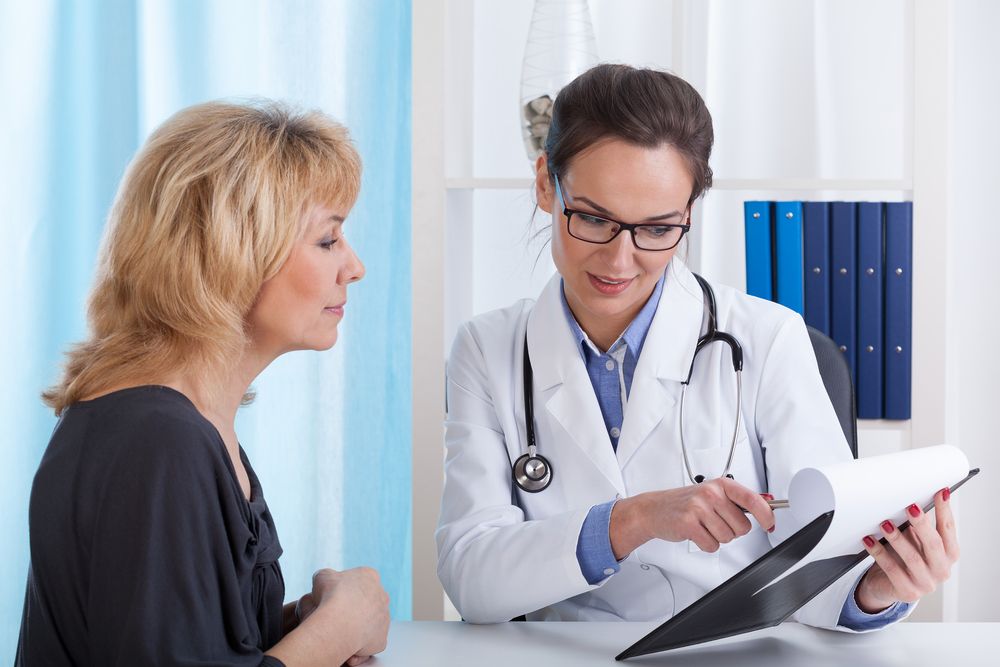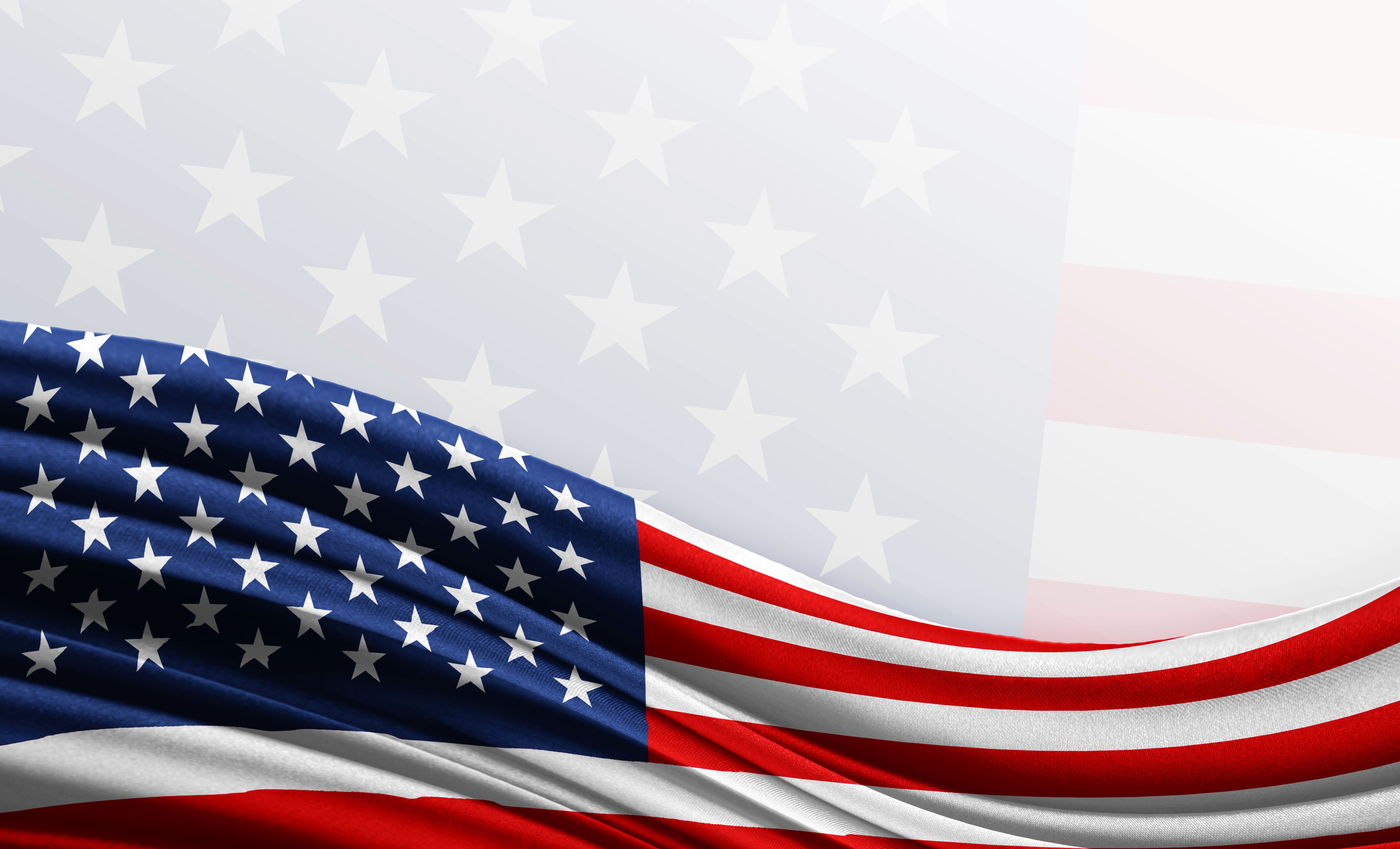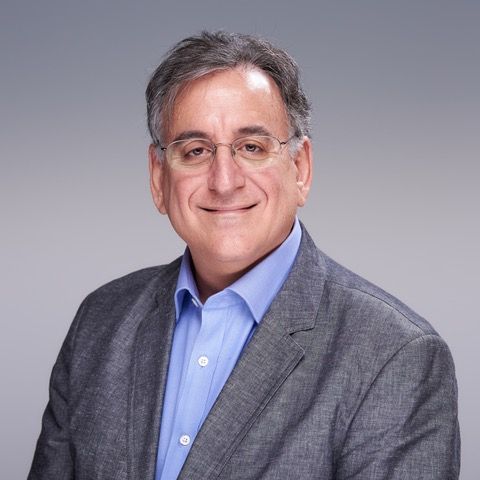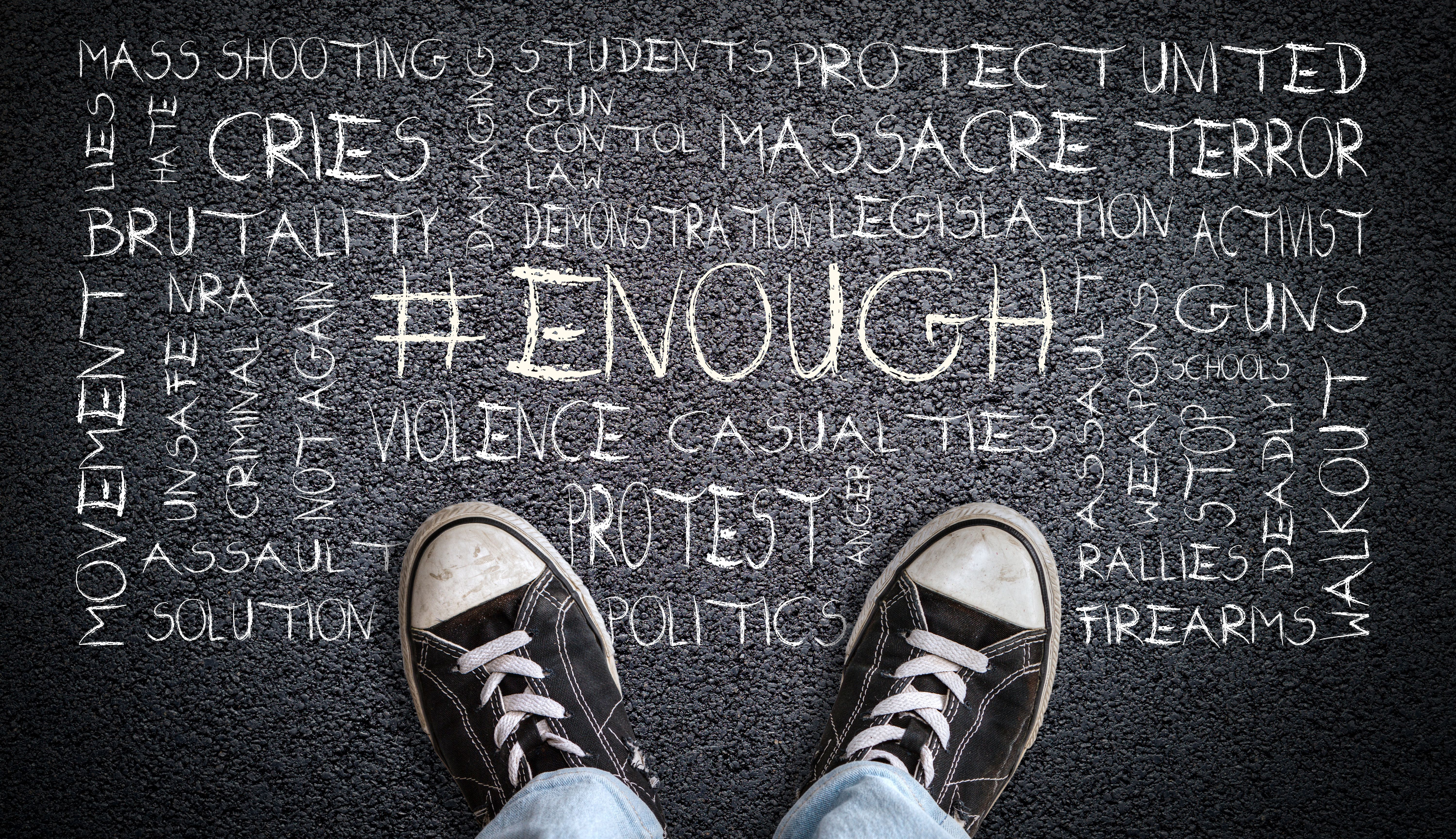Article
Healing Our Patients—and Ourselves
Author(s):
How can offering hope for chronic illness make healing possible for us all?
Photographee_eu-AdobeStock

PORTRAIT OF A PSYCHIATRIST
Healing is an elusive concept. According to Firth et al, “healing is a commonly used term, and despite research… understanding of the concept remains confusing and inexact.”1 I used to think, I cannot really define it, but I know it when I see it.
My first lesson in real healing was from a nurse in medical school. I had contact with many instructing physicians in my first 3 years of medical school, but a nurse taught me about healing. She told me to hold one of our patient’s hands while he waited for surgery. I remember at the time thinking that was not my job. I was already indoctrinated in the physician mindset: There is an imaginary emotional wall between me and my patients, and what I do for people is limited to what I was taught to do as a doctor. On this rotation, that was diagnose them and cut them open.
But I complied with the nurse’s request. I held the patient’s hand and talked to him while he waited. And I realized as I sat there that he became more human to me. I had already inadvertently thought of my patients as a little less than human. But this time, my humanity connected with his. To this day, he is one of the patients I remember the most. He was so frightened, and he held on so tight. When the surgery began, I knew him more as a person and his outcome meant so much more to me. And when he was riddled with too much cancer to fix and later died, it was harder. But, looking back it was worth it. I was the only person he asked for every day during his hospital stay, and I went often to visit with him after my rounds were done. So, I know our connection touched him in some way, too.
To me, healing is when a patient feels seen and heard and a connection is made—and because of this connection, they feel a little less alone and their suffering is reduced. I would agree with an article in the Annals of Family Medicine that said, “Healing may be operationally defined as the personal experience of the transcendence of suffering.”2
This lesson finally hit home with me much later in my own journey of suffering. Despite my early lesson in healing others, I settled into being a physician in the modern sense. My primary roles were labeling individuals with a diagnosis and writing prescriptions. Being required in an outpatient setting to see patients every 15 minutes leaves little to no time for anything else.
If they needed anything other than medications, I sent them to therapy. When they said therapy was not working, I recommended that they eat healthier and try some exercise, and I raised their medication. When they did not have the motivation and energy to do this, I raised the medication some more. They still did not get better. So, I put up that wall between myself and my patients even further. I also held tight to an emotional wall inside. I told myself that this was all so I could survive. I mean, the suffering we deal with as physicians is unbearable if you feel it all, right? There was not anything else I could do to help them, right?
Frustrated with 15-minute appointments and the advent of electronic medical records causing only about 7 minutes of that time really being spent focused on the patient, I turned to doing inpatient psychiatry full-time. I enjoyed being able to spend more time with my patients based on how much I felt they needed. I practiced inpatient psychiatry for many years—years of regularly being on-call and working holidays. I first became ill when I sustained a very large DVT during my pregnancy with my son. This led to a series of DVTs and a diagnosis of complex regional pain syndrome. I suffered from chronic pain in my leg and at one point was told I would never walk again and would be on disability the rest of my life. Despite this, I took the bare minimum time off and I continued to work at times in a wheelchair or ambulating with a cane.
And I built the wall bigger. The pressures of admitting and discharging so many very ill patients in a short time in addition to my personal struggles took its toll. But I told myself I could do it. I continued to push through—until around year 18 of being a physician when I realized that the ball in my chest, the agony in my foot, and the exhaustion were finally unbearable. I looked around and had nothing more to give—nothing more for my kids, for my husband, or for my patients.
I finally thought, What about me? I was last on that list. When I had nothing to give anyone anymore, I had less than nothing to give myself. I slogged through the days believing I would get cancer or just drop dead, not knowing what to do. One day, a patient punched me in the face to the point that I sustained a concussion. I thought, This is it. I finally woke up and knew I had to make some drastic changes in my life.
So, I dug into what my grandmothers taught me and went back to church. I would cry through the whole service, but I kept going because I believed in the strong women who raised me and the example they set with their faith. Going to church led to daily prayer. My doctor recommended an 11th surgery. I prayed about this and felt that God told me this was not for me. So, I set out on a journey of seeking alternative health care.
I sought out traditional Chinese medicine, did cupping, and had acupuncture. I went to an Ayurvedic physician and drastically changed my diet. I saw an osteopath and had regular manipulation. I saw an integrative medicine physician and worked on my microbiome. I decided that I would try anything anyone suggested to me. There were no bad ideas. I was now trying methods that were made fun of in my medical school classes and still by colleagues. But I did not care—I was so broken, and the Western medicine system had failed to heal me, so it was this or I was going to fall completely apart and die of the pain.
Next, I went to a reiki practitioner. We met weekly, then she encouraged me to learn how to do it on myself. I performed reiki on myself once or twice a day for months. Through all of this, I started to see my health slowly improve. I now understood that my health journey was my responsibility, not my doctor’s. I made the decisions, and I had found countless options at my fingertips. My progress was slow, but for the first time in many years, I was making progress.
The solution for me was multilayered. I ended up divorcing. I realized I had suppressed trauma and dealt with it. To this day, I continue Ayurvedic herbs and follow some of the diet recommendations. I pray many times a day. I have regular massages. I practice yoga, and now that I am improved enough, I am learning Capoeira. I also found a world of self-healing techniques on my own that I still use daily: things like affirmations, journaling, sound therapy, eliciting the vagal response with cold and massage, earthing, moving intuitively to release stored trauma, tapping, ASMR, and many others. All of them were online for free. Along the way as I started to heal, my suffering reduced. I realized my healing was in my hands and there was a world of options out there for me to self-discover.
This drastically changed how I practiced medicine. I found myself in a new job at a brand-new state-of-the-art state hospital. With less pressure to admit and discharge so many individuals so quickly, I was in a better position to further heal myself and to heal my patients. Along my journey, my energy improved, the pain reduced, and I reconnected with myself—and the emotional wall came down within me and between myself and others. I could connect again with myself and my patients. I found I do not feel overwhelmed by the suffering as I told myself I would. I thrive on the joy of connection, and when I feel stressed, I have so many stress-relieving options to do for myself any time I need them. Now I know about a world of options I can offer to my patients, too.
Healing myself led to a realization about how I could better heal others. I found a lot of early-stage, but promising research on the holistic health treatments I used for myself being used for individuals with mental illness.3-5 We can now blend them with modern psychiatry in the field of integrative psychiatry. I took the job as the medical director at the state hospital where I work, the Neurodiagnostic Institute (NDI), and I created the opportunity to develop an integrative psychiatry program for the patients most in need: adolescents and adults with severe mental illness. We are now providing evidence-based, whole-person healing with several healing modalities to indigent and incarcerated adults and youth who have exhausted all their available resources.
I now regret all the times I told patients and families that I had nothing else to offer for their or their loved one’s mental illness. Clinicians are often so focused on the medications and psychotherapy as though that is all we can offer patients. We are not taught about many of the things I self-discovered on my own journey. And it is everyone’s responsibility. If you truly want to heal and connect with your patients, talk to them about anything and everything that might help.
Not all the healing techniques I tried were right for me. Not all of them made a huge difference, but even the ones that did not make a difference gave me hope. They helped relieve my suffering, and they gave me something to do every day to get through the day. And eventually the ones that were for me became habits in my daily life and led to my own healing. Now when a patient or family member asks what else they can do, I have a world of options to talk to them about—and I know they work because they helped me.
In our Advanced Treatment Center for Integrative Psychiatry at the NDI, we can offer a mixture of healing techniques like yoga, sound therapy, neurofeedback, grounding, integrative psychological therapy, etc. Patients do not just have to wait for the next medicine change or the next appointment to begin healing—they can actively work to heal themselves or help a family member move toward healing.
Healing myself led me toward the ability to better connect with and offer healing to my patients. I can also speak directly about how I have struggled in my life and the solutions I discovered for myself. In this vulnerability of sharing and connecting, walking alongside patients on the path, and offering hope for chronic illness, healing is possible for us all.
Dr Richards is medical director of the Neurodiagnostic Institute in Indianapolis, Indiana.
References
1. Firth K, Smith K, Sakallaris BR, et al. Healing, a concept analysis. Glob Adv Health Med. 2015;4(6):44-50.
2. Egnew TR. The meaning of healing: transcending suffering. Ann Fam Med. 2005;3(3):255-262.
3. Govindaraj R, Varambally S, Sharma M, Gangadhar BN. Designing and validation of a yoga-based intervention for schizophrenia. Int Rev Psychiatry. 2016;28(3):323-326.
4. Cuomo A, Maina G, Rosso G, et al. The microbiome: a new target for research and treatment of schizophrenia and its resistant presentations? a systematic literature search and review. Front Pharmacol. 2018;9:1040.
5. Deng H, Xu J. Wendan decoction (Traditional Chinese medicine) for schizophrenia. Cochrane Database Syst Rev. 2017;6(6):CD012217.






